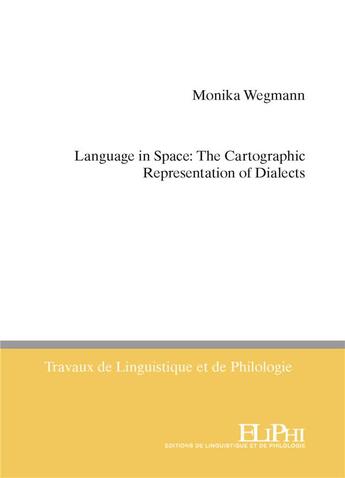-
Date de parution : 07/07/2017
-
Editeur :
Eliphi
-
EAN : 9782372760133
-
Série :
(-)
-
Support :
Papier
Résumé:
The cartographic representation of geolinguistic data and the resulting question of the spatial structure of language has been a controversial issue both in English and in Romance as well as in German linguistics for more than a century. The present investigation focuses on the East and the... Voir plus
The cartographic representation of geolinguistic data and the resulting question of the spatial structure of language has been a controversial issue both in English and in Romance as well as in German linguistics for more than a century. The present investigation focuses on the East and the South-East of England, the epicentre of the written English language since Middle English times.
In its historical part, this book examines traditional dialect geographers' maps and methods from the beginning of scientific dialect research in England in the latter half of the nineteenth and into the twentieth century, offering a methodological progression which ranges from rudimentary analytic approaches by, e.g., Louis Lucien Bonaparte and Alexander J. Ellis to the computer-aided method of the Salzburg School of Dialectometry. Besides, it shows the longevity and tenacity of certain objective and conceptual patterns which require critical analysis.
The synchronic part is based on data from the Survey of English Dialects, a milestone of English dialect research, and leads, via a case study, from qualitative approaches to quantitative data analysis. The results produced by the quantitative method called dialectometry break new ground in English dialectology and spatial linguistics.
Donner votre avis














